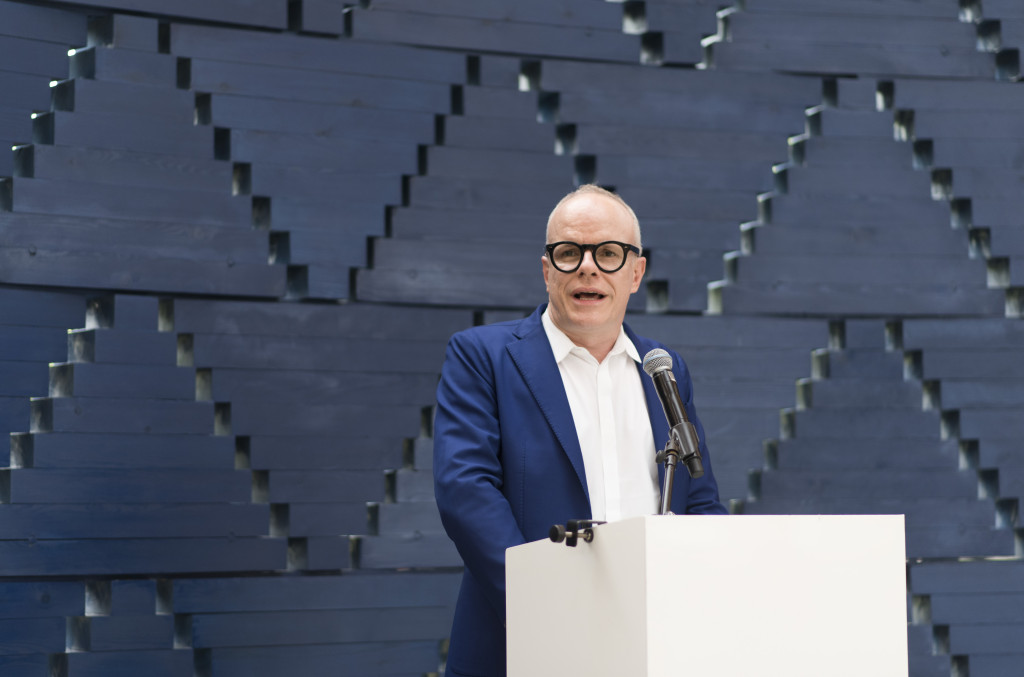[ad_1]
As many around the world band together to launch coronavirus relief funds, curator Hans Ulrich Obrist has revealed his own idea to help foster art-making in the time of a pandemic: a vast public arts project on the scale of Franklin D. Roosevelt’s Great Depression–era work-relief programs. In detailing his plans to the Guardian on Monday, Obrist cited cornerstone of Roosevelt’s New Deal—the Public Works of Art Project and its successor, the Works Progress Administration, which employed more than 8 million Americans and is partly credited with launching the careers of Jackson Pollock and Mark Rothko—as one of his key inspirations.
“With the WPA, they went out into the community: artists got salaries and were able to research and create work during the New Deal era,” Obrist, who serves as artistic director of London’s Serpentine Galleries, said, per the Guardian. “It gave many people their first real jobs and commissions.”
From 1935 through 1943, artists enlisted by PWAP and WPA produced roughly 15,000 public artworks, including murals, motivational posters, and sculptures for government buildings. Pollock and Rothko, working as muralists, were joined by Abstract Expressionists Willem de Kooning and Lee Krasner, who were then at the start of their careers.
“It’s such a fascinating project when you consider where we find ourselves now, both in terms of supporting the economy and the importance of helping and caring about artists,” Obrist said. “The U.K. government should do something like this.”
As of March 30, the U.K. has recorded more than 19,000 confirmed cases of coronavirus—including the British Prime Minister Boris Johnson—and 1,228 deaths. Like many others worldwide, the country has shuttered all nonessential businesses, dealing a financial and creative blow to galleries and museums. Last week, the Arts Council England announced plans for a $190 million emergency relief package which will offer about $25.8 million in cash grants for individual artists and freelancers.
Obrist added that, when the outbreak was finally under control, arts organizations “need to go into communities with art which don’t usually have access to it. In this time of crisis, it’s important that museums think about how they can go beyond their walls and reach everyone.”
[ad_2]
Source link


